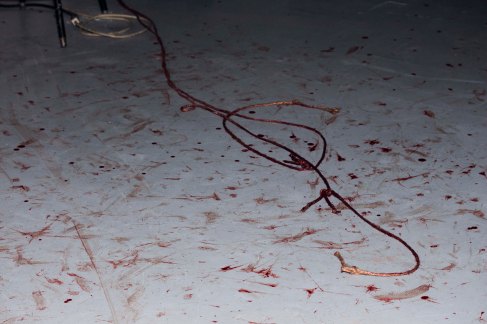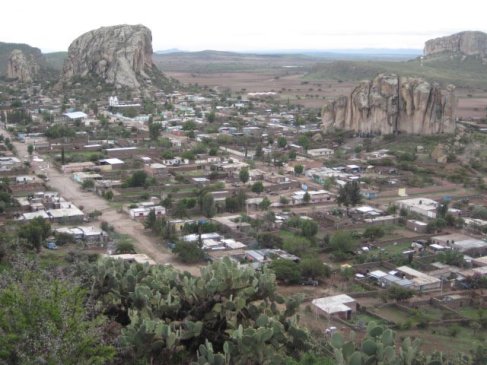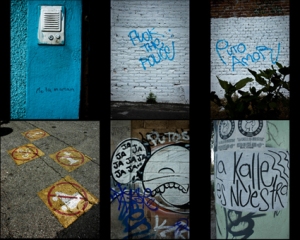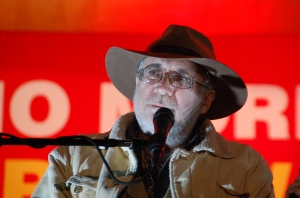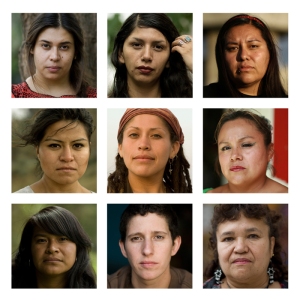“Shamed, dishonoured, wading in blood and dripping with filth, thus capitalist society stands.” – Rosa Luxembourg
Have you read Horacio Castellanos Moya’s book Senselessness? It’s about a writer hired by the Catholic Church to edit a 1000-paged legal manuscript who slowly goes insane after reading hauntingly poetic testimonies of indigenous men and women from an unnamed Latin American country who survive a bloody genocidal campaign. After reading these frightening accounts of mass murder, gang rape and torture, the nameless narrator carries on in his non-working hours drinking in bars, chasing women of transnational global elite extractions and discovering his choices have led him into the belly of the beast’s favorite cosmopolitan party sites. He becomes incrementally paranoid with each passage he absorbs especially since those military generals are essentially still running the country.
I am reminded of HCM’s narrator after spending these last few weeks reading El Narco by Ioan Grillo, a cultural history that charts the rise of the Mexican drug cartels with plenty of sobering accounts of violence on the border and both Mexican coasts. So sobering that I’ll never want to light up a joint for as long as I live. The implication that we’re all at fault is so obvious it doesn’t even warrant mentioning. Or does it? El Narco is such brutal read that compels me to think beyond finger-wagging, or to at least put the finger-wagging on hold while I meditate on a different kind of implication that comes from being a citizen of the Global North who has spent a lot of time with genocide survivor testimonies I read for all the Central American studies classes I took back in undergrad. The privilege of being able to consume such testimonies from the comforts of my two-bedroom apartment in Silverlake I had in 2001 isn’t lost on me.
However, this time the violent insurgencies aren’t ideological, they’re darkly and intentionally criminal and remind me of all the ways that capitalism has mutated to desperately sociopathic levels. Unlike the narrator in Senselessness though I don’t feel paranoid about being persecuted, but I do feel like I’m going a little insane.
At first it was chilling, the hair on my head standing straight up and out at the banal depictions of violence. 100,000 deaths. One victim equaling a hundred bullets. And then something so typically American happened to me: I couldn’t stop. I super-sized. I developed a low grade addiction and called it research. I kept reading and reading ever so voraciously, flirting with narco blogs, daring myself to look at the carnage. I felt my body drain of humanity in the presence of snuff films; real as the threatening banners with succinct messages promising a fate worse than death to those who dare skim what is not rightly theirs off the top of the deadliest of trades. I did myself a raw and what Maggie Nelson’s calls in The Art of Cruelty a “grave disservice by staying riveted by top-of-the-hour ad nauseum “proof” that [we] humans have always pursued…the bloody business of genocide, state-sponsored war, terror and individual acts of sadism across space and time.”
Before it was easy to pretend I wasn’t aware of it. If you’ve ever done drugs then you can understand how easy it gets to pretend stuff doesn’t exist. I avoided a lot of what was happening in Mexico in the last five years because I just didn’t have the stomach to look at the real let alone the representations of violence in the eye. Why rehearse injurious terror I mused while smoking my little French Theory cigarettes. And I felt far removed from the cultural dynamics happening in the capital city of my father’s homeland mostly because I was estranged from family and didn’t feel connected to any of the queer or activist or organizing or artistic communities. I didn’t have any friends in Mexico and so to speak truthfully yet brusquely I didn’t have any investment.
Well now I want to connect.
I’ve been reading up on the Drug War to prepare for a trip to Mexico City with collaborator and friend Rubén Martinez, along with Los Angeles performance artist Rafa Esparza. We have planned to meet with various artists, writers, and cultural critics in Mexico engaged with the current social context of violence, drug economies and its concomitant artistic representations. These conversations will take place in museums and other intellectual holding spaces that offer a safety to them, one that will make it easy to talk about and defend certain representations. Discussing the ethical and challenging implications of artistic responsibility in representing the social milieu for global spectatorship isn’t new. The representation often comes through an American or European lens. But we’ll be talking about the Mexican social context and for me, it is an opportunity to learn about the artist’s role in preserving some semblance of humanity in those that arrive to the work in question.
In preparation for the trip though I wonder: does consuming range of high-middle-and-lowbrow narco related cultural productions like Tucanes De Tijuana, El Gallo De Oro, Miss Bala, El infierno, El Narco, and Reina Del Sur put me on the same plane as fans of the Saw franchise?
And then I think about authenticity, about origin. What gives me the right to talk about something I feel so distant from, whether it’s a privileged disavowal or not. Could I write the next Salvador or The Tattooed Soldier? I look at the work of Natalia Almada and Teresa Margolles, both of whom are renown artists with roots in Culiacán, and understand the impetus, if not the divine right to tell the story of what is happening because of the connection. It makes sense that they get to and to do so and doing so in a way that doesn’t rehearse a crude and cruel violent mise en scène but rather creates a poetics of aesthetically rigorous empathy. But considering how enormous of a reach the drug trade has, that the goods reach as far as New York and London, the Bay Area and wherever there are nightclubs and pot bars.
Doesn’t that mean that we all have a drug piece inside us all? And how to access that piece inside us all that connects us to the drug economy without creating a pornography of terror?
